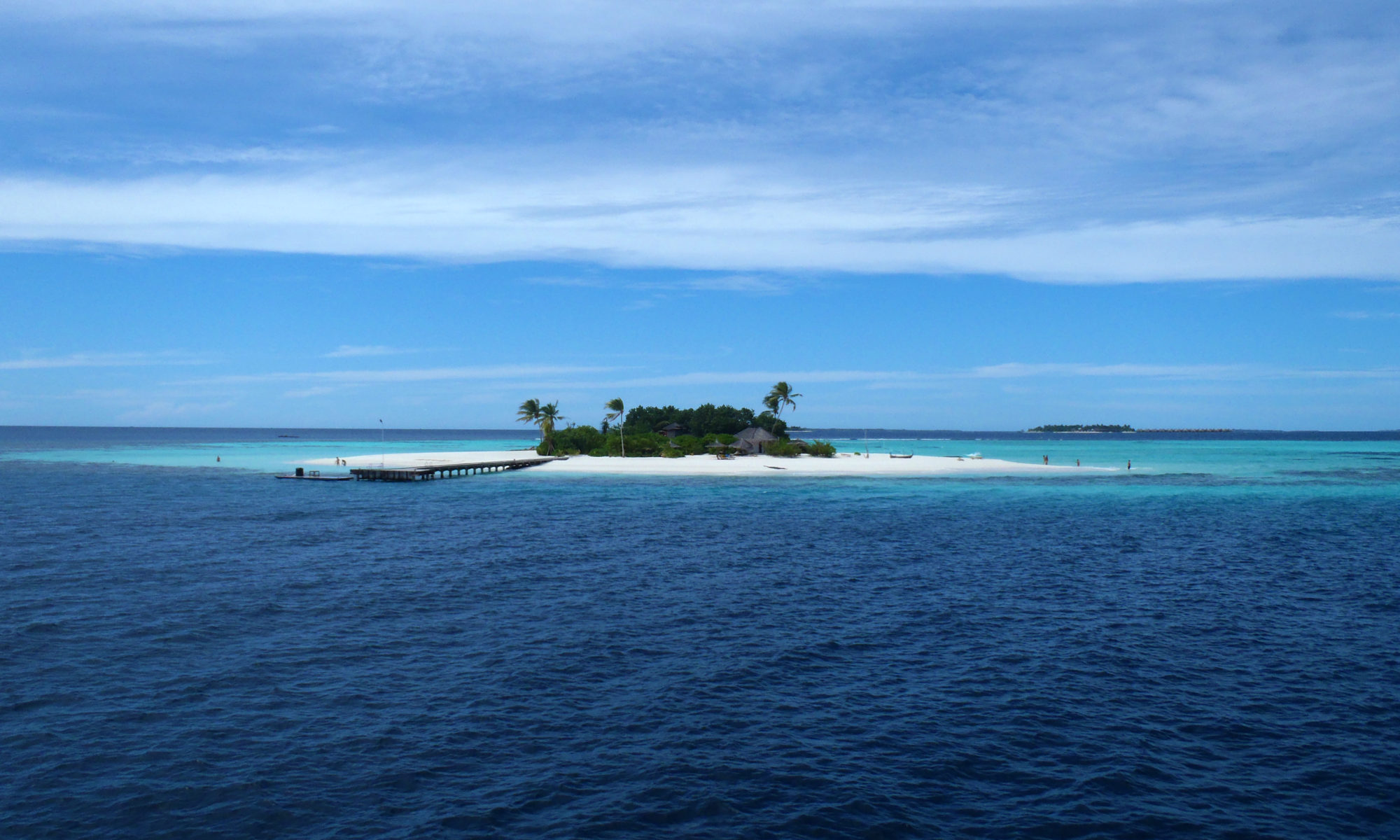Boat Would Sail on Saturn Moon's Sea
NASA is looking at sending a probe to explore the methane oceans of Titan.
By Irene Klotz Tue May 10, 2011 07:43 AM ET

The destination: Titan, the largest moon of Saturn — bigger than Mercury and Pluto — which sports lakes of liquid methane and ethane near its northern polar region.
“We have no expectation of finding living things,” Johns Hopkins University planetary scientist Ralph Lorenz told Discovery News. “But we think the complexity of the organics (on Titan) can lead us to the steps toward life.”
With its rich stew of organic compounds, Titan, which has a thick atmosphere and weather systems, is believed to resemble primordial Earth, despite surface temperatures that hover around minus-290 degrees Fahrenheit.
“Titan is often referred to as a pre-biotic world. It actually has all the sort of building block chemicals that were present on Earth when life evolved. The idea for Titan is that with those very, very cold temperatures and with water being frozen solid, could life actually develop, or is it just too cold so those chemical reactions just can't get going?” project lead scientist Ellen Stofan, with Proxemy Research in Gaithersburg, Md., told Discovery News.
Scientists want to parachute a boat-like probe into the cryogenic seas of Titan for a 96-day mission to identify the moon's complex organic molecules and detail its chemistry. The probe would float like a buoy and drift around Titan's sea propelled by the moon's winds and waves.
The boat, called Titan Mare Explorer, or TiME, would include a camera to take pictures of the lake's surface, which may have ripples, bubbles, films and other features, as well as the moon's orange-hued skies.
“We want to be able to see clouds and storms and rain, so having it be light outside and not dark all day is important,” Stofan said.
Ideally, TiME would be launched between about 2016 and 2018 so that it arrives before the moon's north pole plunges into winter darkness and out of direct radio contact with Earth.
“Once the sun sets below the horizon, Earth is also spending most of its time below the horizon and you'd have to have a relay satellite (for communications) which way drives up the cost of the mission,” Stofan said.
TiME is one of three mission proposals selected by NASA from among 28 contenders to receive $3 million apiece for detailed concept studies. The other candidate missions are a comet probe and a spacecraft to study the interior of Mars.
NASA expects to decide next year which mission will win up to $425 million for development. The U.S. space agency also will provide a launch vehicle for the selected probe to reach its destination.

